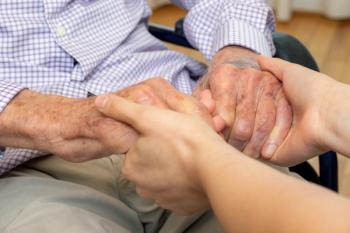
Data Privacy Day: Four Essential Facts
Dan Konzen, campus chair for the College of Information Systems and Technology at the University of Phoenix speaks on four essential aspects of security to keep in mind.
As
Healthcare, of course, isn’t the only part of the economy worried about cybersecurity. To call attention to the need for education and better security measures, the National Cyber Security Alliance (NCSA) celebrates
To highlight Data Privacy Day,
1. Cybersecurity breaches are increasing each year
Konzen said the number of attacks is increasing, but, fortunately, “As the number of exposures occurs in and out of healthcare, people are more aware.” The best measure of the growing cybersecurity problem can be found on the
2. Training is essential to avoid breaches
Konzen said the best hardware and software won’t prevent an attack if staff are not taught what to look for—especially when using e-mail. But there are other ways security is breached, such as leaving charts where other can see them, or using a sign-in system that leaves patient signatures visible. For patients, Konzen said, these are things to look for to gauge whether your provider has good cybersecurity practices.
3. Cybersecurity is not a “do it yourself” task
For most healthcare providers and systems, Konzen said cybersecurity “is not their wheelhouse.” Most use a third party for their electronic health records (EHR) or for other security training and services. Konzen said a key step after staff training is to have a third party “test” the system to see if employees know what to do when they get a suspicious e-mail. Most breaches, he said, happen due to errors by health system employees, not a breach of the third-party vendor. That said, Konzen recommends a thorough vetting of EHR or other security vendors before health systems sign a contract. Barrett, who is executive director of the Electronic Healthcare Network Accreditation Commission, reports that underwriters are increasingly looking for third-party accreditation.
4. Have a response plan
As
A version of this story originally appears in the








































